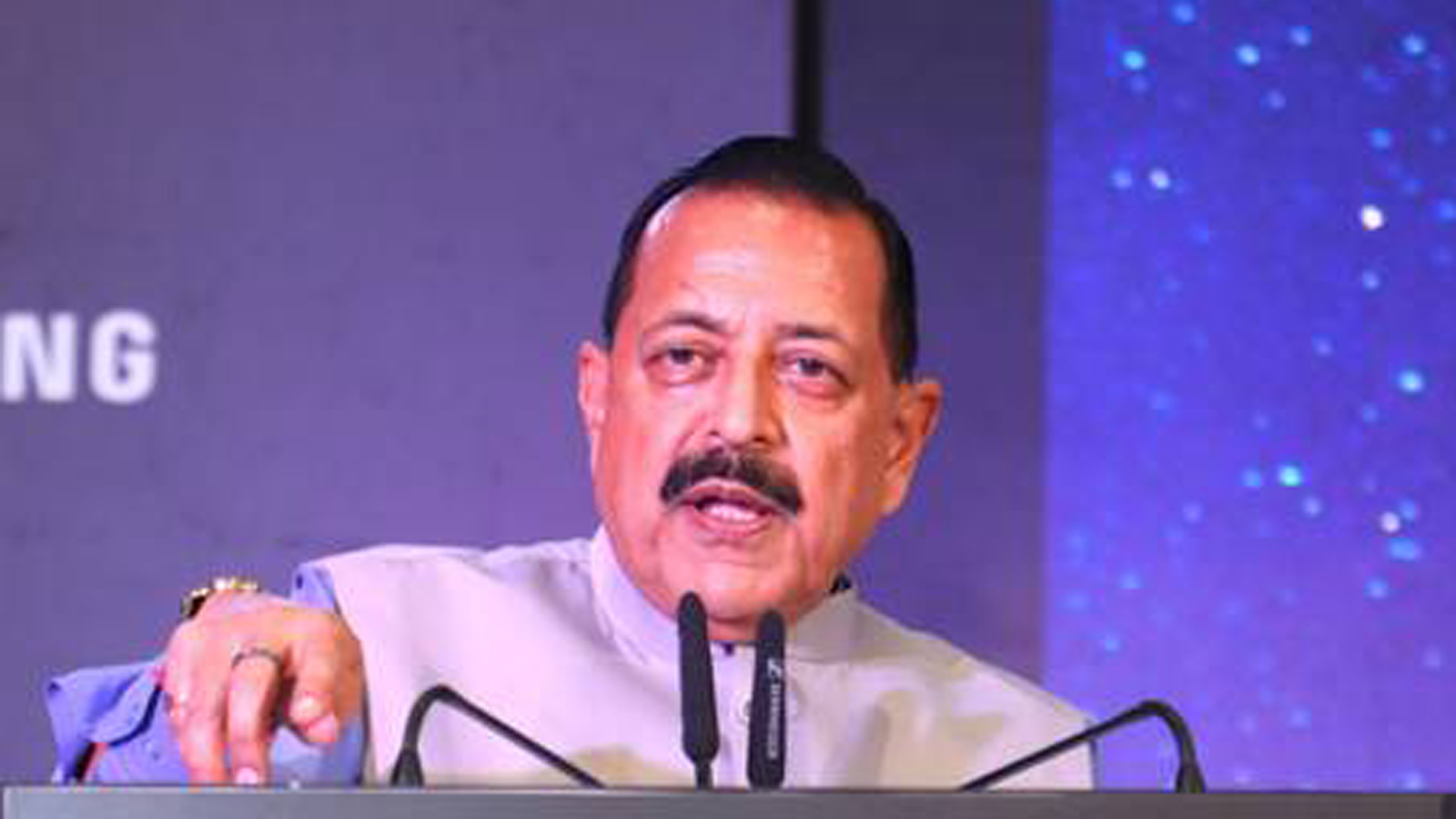Union Minister of State for Science and Technology Jitendra Singh on Wednesday said that India’s space economy will grow to around $44 billion by 2033, underscoring the role of landmark reforms and private sector participation in driving the country’s rise as a global space power.
Addressing the “Satcom” summit at India Mobile Congress 2025, the Minister said that satellite communication will be a key enabler of India’s digital infrastructure, particularly in rural and remote areas where terrestrial networks face challenges. “With more than 70 per cent of new ATMs being installed in rural India, satcom will be crucial for advancing financial inclusion and expanding digital services,” he noted.
Singh highlighted the rapid expansion of India’s space sector — from a valuation of $8.4 billion in 2022 to a projected $44 billion by 2033. He credited reforms such as the creation of New Space India Limited (NSIL) and the establishment of IN-SPACe for breaking the state monopoly and fostering private innovation. Over 300 space startups have emerged in just five years, making India the world’s fifth-largest space startup ecosystem.
He also underscored India’s reputation for cost-effective innovation, citing Chandrayaan-3’s historic soft landing near the Moon’s south pole in 2023, which earned the country the World Space Award at nearly half the cost of comparable global missions. Commercially, India has launched 433 foreign satellites, generating more than $190 million and €270 million in revenue.
Looking ahead, Singh outlined an ambitious roadmap: India plans to establish its own Bharatiya Antariksh Station by 2035 and land an Indian astronaut on the Moon by 2040 as part of the “Viksit Bharat 2047” vision. Over the next 15 years, the country intends to launch more than 100 satellites, many developed through government–private collaborations.
The Minister also highlighted how space technology is transforming governance. Initiatives like SVAMITVA have provided land ownership rights to over 2.4 crore rural property owners through satellite mapping. Satellites are playing a crucial role in disaster management, forest fire monitoring, agriculture, infrastructure planning through PM Gati Shakti National Master Plan, and navigation through NavIC.
On the diplomatic front, he pointed to growing international collaborations, including the upcoming Chandrayaan-5 mission with Japan and the NISAR mission with the United States. India’s satellites, he added, are increasingly supporting neighbouring countries in disaster management and communications.
“Seventy per cent of our space technology is dedicated to development and ease of living, not just rocket launches,” Singh remarked. “The convergence of space technology, digital infrastructure, and governance will form the digital nervous system of Viksit Bharat 2047.”
The session also featured keynote addresses by Pawan Goenka, Chairman of IN-SPACe, and V. Narayanan, Chairman of ISRO and Secretary, Department of Space. Both leaders emphasised India’s growing role in the global space sector. The event concluded with a vote of thanks, marking a collective push to advance universal connectivity through satellite networks.










